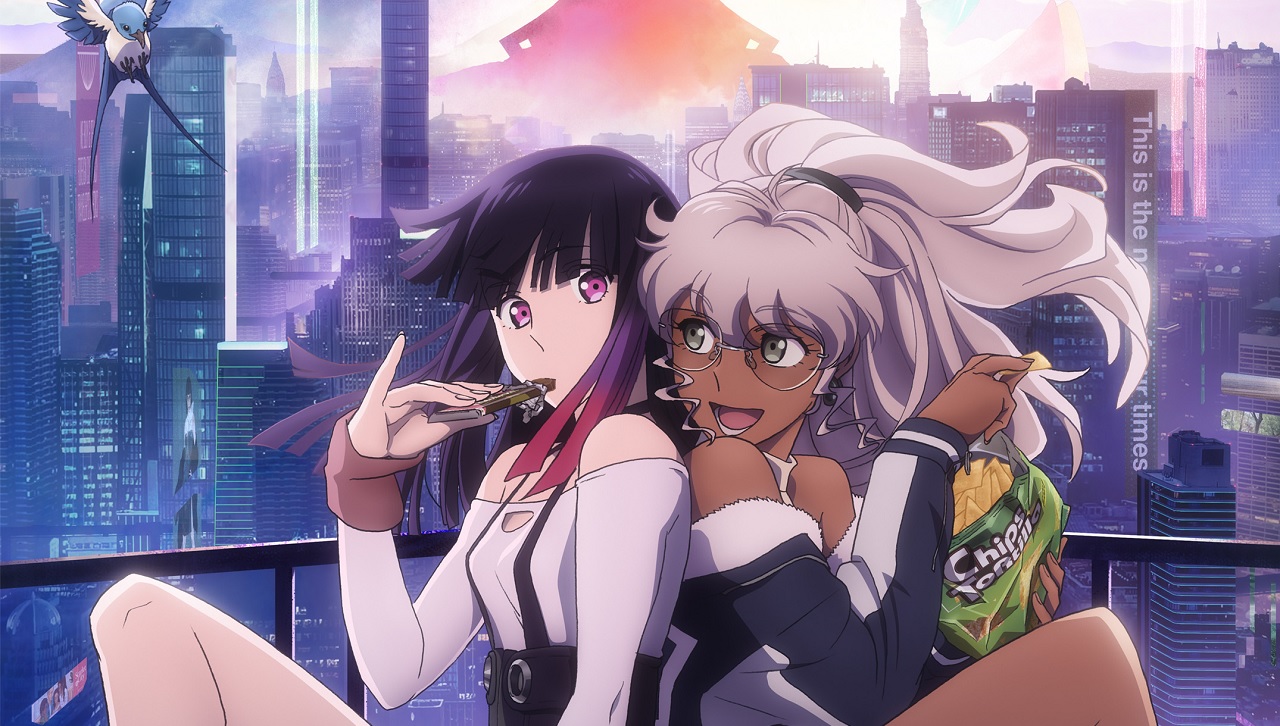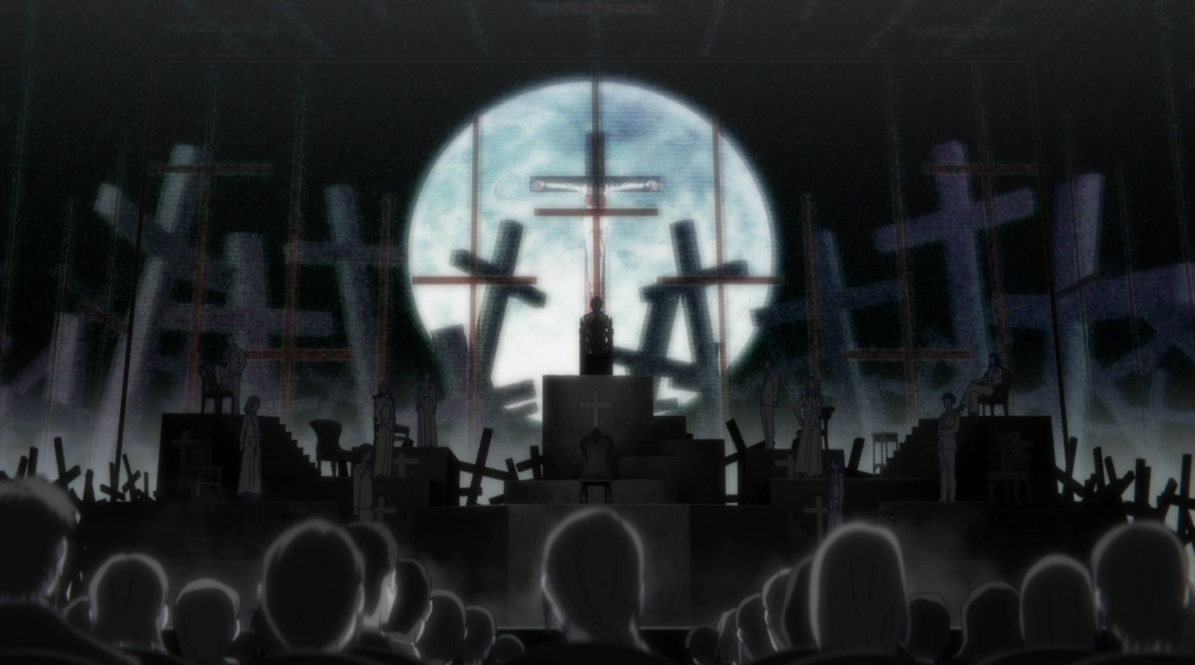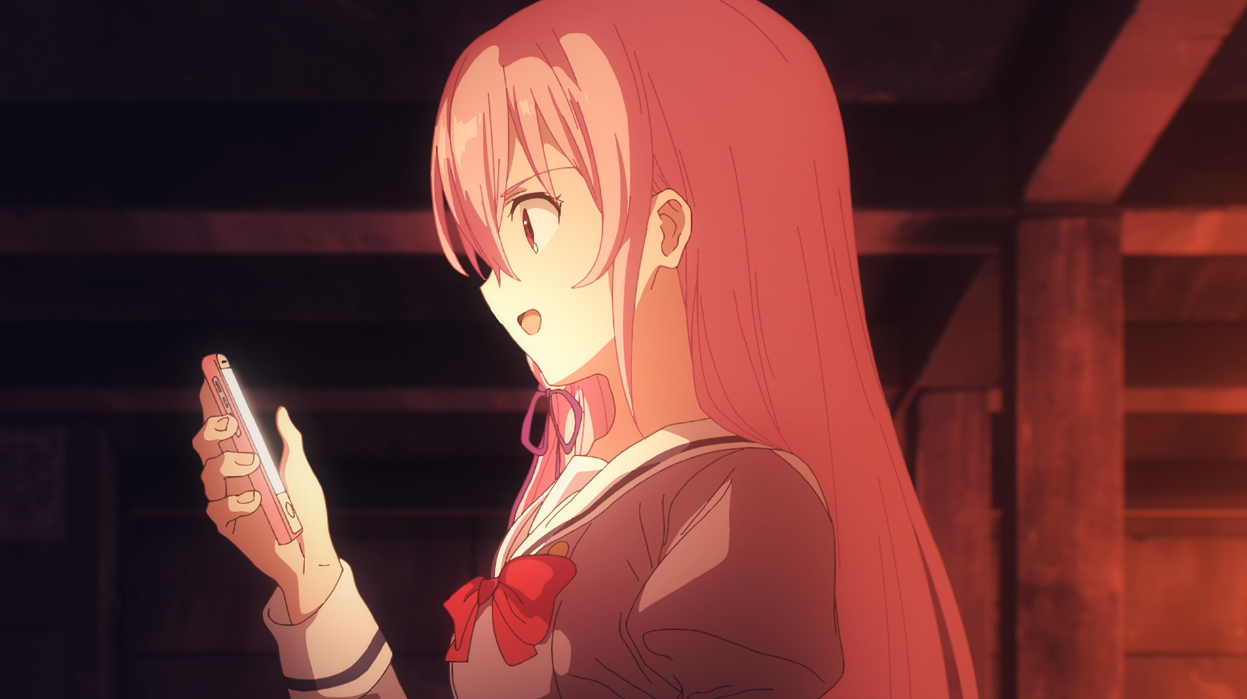
A few months ago, I told a friend I was getting back into watching seasonal anime. Although it’s something that sounds a bit like a joke, I was serious. After about a year and a half away from the seasonal grind, I finally found the desire to watch things again—and how I was rewarded!
These are the best anime of the summer 2022 season.
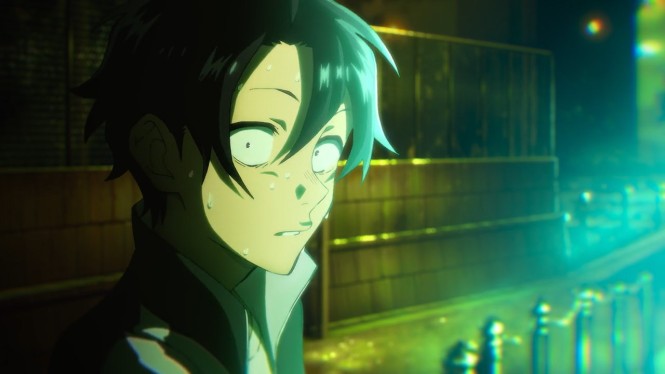
Regrettably, I was informed that Engage Kiss, from the writer who brought you Classroom Crisis (good), Saekano (good but also bad), and White Album 2 (…), is getting another cour. This is unfortunate because Engage Kiss does not in any way deserve to receive additional episodes as it is one of the best examples of a 4/10 anime I have seen in a number of years. This might lead some readers to wonder why I finished the show, and to that I would like to say to shut up.

Let us consider for a moment the flaws of this show, which are many. From the premiere, it’s clear that the show had no idea how to properly manage the disparate tones it seemingly wanted to deploy, ruining cool fights with eye-rolling squabbling between Ayano and Kisara, introducing amusing concepts like the supercharged Bayron City delivery service that also didn’t fit with the demon fights, and having Shu and Kisara worry about their finances mid-battle (and gag that completely disappeared after a few episodes). From the start, the show felt like a bad first draft in desperate need of editing and refinement. Alas, it got none of those, which leads to even worse ideas making their way in like Shu getting all his memories back at the cost of evaporating Kisara’s identity as a character like she’s Inori at the end of Guilty Crown.
In some ways, this is regrettable, as concepts like, “Shu’s half-demon sister has been unsealed and now seeks vengeance for being forced to observe her womanizing brother’s sexual adventures for years” are stupid enough to have great potential for humor. (Regrettably, the only thing Engage Kiss seems to think is funny is when the girls cat fight over a truly pathetic excuse for a male lead.) Plus, both the OP and ED were great. In other ways, though, it’s not regrettable at all, as I can now pretend I didn’t spend the last thirteen weeks shouting “SHUT UP” at my iPad screen while watching Engage Kiss. Terrible show. #JusticeforKisara. -3/10






There are several things working against an old favorite like The Devil is a Part-Timer! making it higher up the list. First of all, it’s been almost 10 years. When Chihayafuru got a third season (with Morio Asaka returning no less), it seemed so improbably wonderful an event that I figured we’d fully dredged the well of long-lost sequels dry. Then, The Devil Is a Part-Timer! returned—with another season/cour already confirmed, no less!

And yet, the monkey’s paw curled. The season of The Devil Is a Part-Timer! we got was both a welcome gift, and also somewhat set up to disappoint from the off. Obviously, the new designs have been grumbled over by many more people than just me; personally, I don’t find them egregiously bad in concept nor am I fundamentally disturbed by the difference from the first season. That said, it’s clear the production of the entire show struggled from the outset, and I don’t think these particular designs made things any easier given their lower charm ceiling. Content-wise as well, the second season had a lot of live up to, and making its story and comedy work with such a weak production made the whole show rougher than would’ve liked to see.
Despite all that, this is still The Devil Is a Part-Timer! and even a near-decade away wasn’t enough to fade away the charm of the characters or the relationship I built with them when I was first getting into anime. Maou is still Maou, Emi is still Emi, and Chiho is still Chiho (and still voiced by Nao Touyama). That was honestly enough for me. This was never a show that worked because it had the most engaging plot, or even the most hilarious comedy. It was always a show that worked because of the characters, and as long as they (and now Alas Ramus) are around, I’ll keep coming back. It may not be the greatest show of the season, but I’m still very happy to have had it back. -5/10






Sometimes, against your better judgement, an isekai show looks just cute enough to convince you to pick it up. Even more rarely, the cuteness turns out to not just be a trap to get you engaged with a trash pile of a show. So it was with Parallel World Pharmacy, which wound up being the most charming show of the season for me—and not just because Lotte was the goodest girl of the season.

In fact, the charmingly upbeat, well-intentioned identity of Parallel World Pharmacy actually makes it a bit hard to write about in any kind of depth as that appeal point is really the main thing it has going for it. That said, though, it is somewhat interesting to consider the show in contrast to how other isekai with a similarly good-natured outlook (think Knight’s & Magic or TenSura) handle a protagonist whose qualities go beyond just combat prowess—although, to be fair, pharmacists, mecha otaku, and slimes apparently all need to have that as well. It’s difficult, I think, for an isekai in which the protagonist brings modern knowledge into a less advanced civilization to avoid feeling at least somewhat colonialist; the enlightened modern man bringing wisdom to the backwards people of the past can map uncomfortably close to the “enlightened white man” bringing civilization to “the savages.”
This issue is most prominent in TenSura due to its mix of different fantasy races, but much less so in Knight’s & Magic since its mechas already exist as a framework for Ernie to operate within. Parallel World Pharmacy, though, is somewhere in the middle, and perhaps accomplishes the most in the least problematic way simply due to its subject matter. The medical science that Farma brings with him from his previous life is useful, yes, but for it to reach its maximum potential (i.e. protecting the most people), it has to be accepted by the public—something difficult even in our modern times. Overcoming this challenge requires Farma to not simply have knowledge and power, but also navigate the emotional needs and realities of the people of the San Flueve Empire. He may lead the way, but partnership with the people is essential. In this way, Farma’s kindness becomes more than charity; it becomes a mean to uplift and genuinely serve those around him. -5/10






The first season of Danmachi was impossibly charming to me. But as the show expanded its scope and cast across the seasons, I felt it gradually drifted away from the warmth and closeness that define the Bell-and-Hestia focused season one. Plus, production difficulties and struggles to pace the material well made it a less-pleasant (although not actively unfun) show to watch.

Season 4, though, was something of a return to form—at least in terms of pacing, visual consistency, and character relationships. I’ve mostly made terms with the fact that the Bell and Hestia Against the World Show is never coming back, which has helped me to enjoy more Bell’s other relationships (especially with Lily). As Bell’s hare– er, Familia continues to grow, it’s inevitable that the need to split screentime between all the various characters means we get less depth with each one. Even the new Xenos, Marie, has a remarkably short period of time to build chemistry with Bell, but somehow winds up literally sacrificing her blood to save him. It’s clearly not the pinnacle of storytelling, but with my expectations more adjusted to what the show is giving me, I can better enjoy it.
What season 4 does well is telling a relatively focused story (no doubt thanks to its simplicity) that actually feels like it has time to breathe, dotting around some enjoyable character interactions (I especially liked Bell and Lily’s time together midway through the season), and keeping a reserved but far less troubled visual production up through the full runtime. The highlight for me was Bell appearing out of the dust and dark of the dungeon at the exact moment his friends needed him most, like the hero he has always wanted to be. It’s truly a Familia Myth. I’ll be eagerly awaiting the second half of this particular story and the inevitable return to Hestia, long may she rule in our hearts.





Lycoris Recoil became the darling of the season, but I’d like to note that I was excited for the show long before it began airing. The character designer, Imigi Muru, was the mangaka for one of my long-time pocket favorites, This Art Club Has a Problem! and I’ve been following their Twitter since 2016. Of course, character designs are kind of a meaningless thing to get excited about in the broad sense, considering that good designs guarantee nothing about the overall quality of a show (no citations needed, as this is very common), but regardless I would like to say that I was a fan of Lycoris Recoil before it was cool.

Because of that, it feels a bit odd that I think my final feelings about the show have turned out to be less vibrant than those of the general population of Lycoris appreciators. The main reason for that is simply that, as a story, Lycoris Recoil turned out to be quite good—but not great. There is nothing at all wrong with any anime simply wanting to be a good time, and Lycoris, led by Anzai Chika’s joyful performance as Chisato, is nothing if not that. There’s a lot to like: I enjoyed Chisato and Takina’s warm relationship, I enjoyed Majima and Chisato’s twisted semi-sibling relationship, and I enjoyed the classic anime mix of slice-of-life and action elements that recalled things like Railgun. But there’s not much to think about nor feel about the show, at least as far as I’m concerned. The stakes are high at times, but the tonal signals never force you to worry. Some seeds of themes are inherent in Chisato and Majima’s diverging responses to the lives given to them by the Alan institute, but they never blossom.
I don’t want to sound as if I am complaining, because there is very little to complain about. Lycoris Recoil is a very well-crafted show. It works well, accomplishes its goals, and doesn’t try to bite off more than it can chew. But perhaps, at least for me, it is just a little too successful. Maybe a messier show would have left me with a stronger feeling that just, “Yeah, I liked that!” Then again, Hideo Kojima loves Lycoris, so what do I know? -6/10



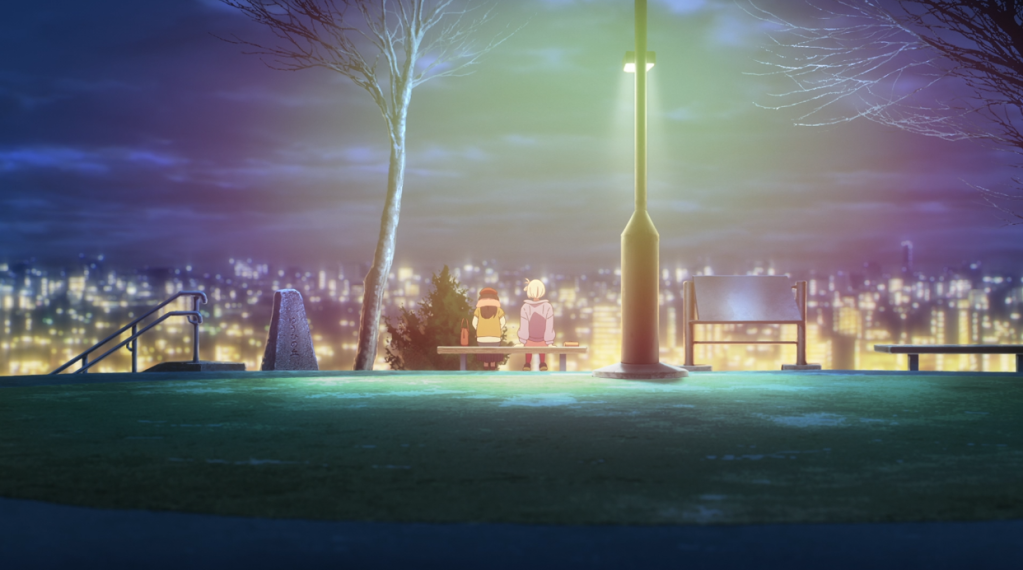


Now, we come to the Anime of the Season. Yofukashi no Uta (or Call of the Night, if you prefer) initially grabbed my attention due to the fact that it was another vampire anime being directed by Tomoyuki Itamura (he of Vanitas no Carte fame) and that its themes were being done by Creepy Nuts, a band one of my favorite VTubers loves. (I never watched Dagashi Kashi, so the Kotoyama connection meant little to me.) Whatever the reasons, though I’m glad I checked it out, because this ended up being a gem.
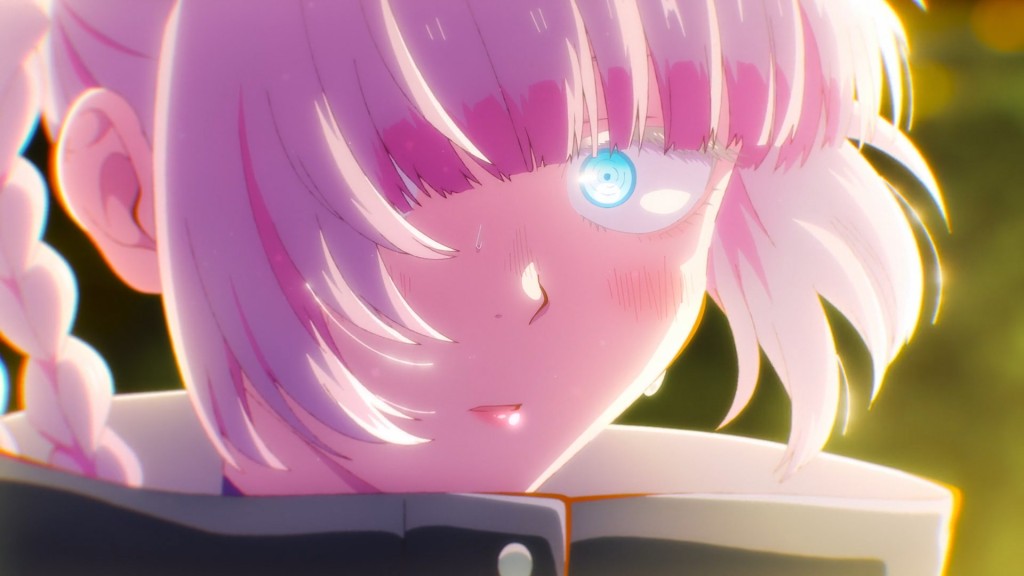
For me, the most impactful thing about Yofukashi is the gentleness with which is treats the deviance of its two leads. Both Ko and Nazuna (despite the front that she puts on initially, well enough to fool even the viewer) are fundamentally at odds with their societies and the established norms of how to live life within those social orders. Yofukashi judges neither of them for this. It teases out their reasons, their feelings, and the deeply relatable sense of simply being misaligned with life itself. I wouldn’t even call it “not fitting in”—it’s something deeper and more existential than that. Although both characters are of course weird, Yofukashi doesn’t make freaks out of them; in fact, Nazuna is deeply charming in her rough-edged, brusque way of relating and Ko displays time and time again a surprising sensitivity and self-honesty that makes it easy to see why Akira and Mahiru value his friendship.
What’s even better is the way Yofukashi no Uta tackles the idea of tension with life in different degrees. We get the exhausted OL Kiyosumi, who is tired of the irritations of her job but not to the point of wanting a complete out. We get Akira, who enjoys the early morning nighttime without feeling the need to forsake her normal school life. We get Seri, who wants a genuine relationship rather than the cheap vampire romances that dominate her time. I appreciate the spectrum on display, that the show doesn’t stick with the one-note extreme of complete disassociation from society, which could have easily become juvenile. Instead, Yofukashi acknowledges the different tolerances we all have for the expectations that outline our lives. It’s respectful, yet at the same time refuses to allow anyone to just say, “F*** it, I’m out.” I think Yofukashi believes in people’s ability to find purpose and joy, even if they don’t believe in themselves. That’s what makes it special. Also, Nazunachan kawaii—see evidence below, thank you. -7/10








